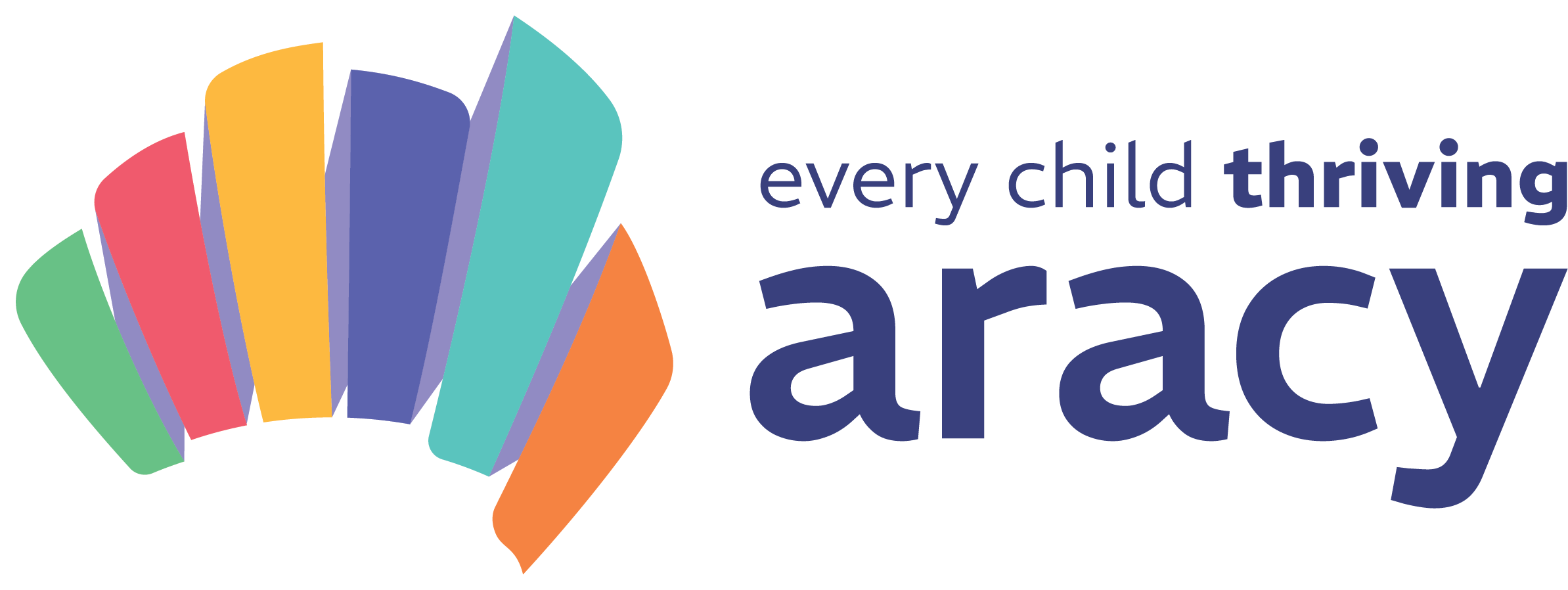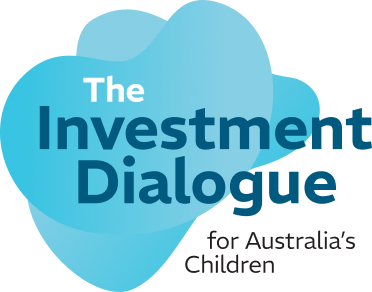What We Do
Every Child Thriving
What does thriving look like?

Children and young people thrive when their families are well supported in healthy, connected communities. But what does this actually look like for a child?
Thanks to The Nest—Australia’s shared vision for the wellbeing and development of all children and young people—we have a clear framework that defines what thriving means.
The Nest outlines six interconnected domains of wellbeing that support children’s health, prevent and control disease, and promote lifelong healthy development. Each domain plays a role in reducing the risk of preventable diseases and improving health outcomes for children and young people.
ARACY uses The Nest framework to support the health and wellbeing of children and young people, helping to prevent and manage diseases. The Nest domains provide a foundation for this approach, as outlined below.
Healthy
Good health is essential to thriving.
Children and young people need access to preventative healthcare including responsive health services that enable healing, recovery and resilience, nutritious food, safe environments, early intervention services, and responsive health services that support healing, recovery, and resilience, all of which help reduce the risk of preventable diseases.
A thriving child is one who:
- Is born healthy—reducing the risk of pre-term birth, low birth weight, foetal alcohol spectrum disorder, and other conditions influenced by antenatal conditions.
- Receives early health screenings— ensuring immunisations are received as scheduled, and developmental delays are prevented, identified and addressed.
- Has access to nutritious food and active play—helping prevent childhood obesity, cardiovascular disease, and type 2 diabetes.
- Has good mental health—with early supports reducing the risk of anxiety, depression, and PTSD.
- Lives in safe and healthy environments—across natural, built, digital, social, and economic spaces—that support wellbeing and help prevent illness and disease.
Valued, Loved and Safe
Feeling safe, valued, and loved is fundamental to healthy development.
Stable relationships, nurturing environments, and protection from harm are key to preventing long-term physical and mental health issues.
A thriving child is one who:
- Grows up in a safe home—reducing the risk of toxic stress and adverse childhood experiences that contribute to disease in adulthood, including cardiovascular disease and stroke.
- Has caregivers who are able to provide enriching home environments – supporting healthy development and preventing developmental vulnerabilities.
- Forms secure attachments with caregivers, fostering a strong sense of security, connection, and self-worth while lowering the risk of long-term physical and mental health issues.
- Feels supported in times of crisis—reducing the potential long-term health impacts of trauma, anxiety, and PTSD.
Material Basics
Children need stable housing, adequate nutrition, and access to essential services to thrive.
Economic security and access to healthcare play a critical role in disease prevention.
A thriving child is one who:
- Lives in a safe, adequate home—reducing diseases associated with overcrowding such as otitis media and exposure to environmental hazards that contribute to respiratory diseases.
- Has access to healthcare services—ensuring recognition and early intervention for hearing loss, speech and language delays, and developmental conditions.
- Experiences food security—reducing diseases linked to food insecurity such as obesity, diabetes, and mental health disorders.
- Is part of a family with secure work-reducing financial stress which is linked to anxiety, depression and mental health disorders.
Learning
Lifelong learning supports cognitive and social development, helping to prevent delays that can impact future health and wellbeing.
A thriving child is one who:
- Receives early learning—boosting brain development, acquiring life skills, reducing risks of cognitive delay, and addressing neurodevelopmental disorders.
- Attends school regularly—promoting mental resilience and reducing behavioural disorders.
- Has access to developmental support—ensuring early identification and intervention for conditions such as autism spectrum disorder and ADHD.
Participating
Being connected to community, culture, and decision-making fosters resilience and supports long-term wellbeing.
A thriving child is one who:
- Is engaged in activities that promote mental and physical health—helping prevent anxiety, depression, and substance use disorders.
- Feels included and heard—reducing social isolation, which is linked to higher risks of cardiovascular disease, mental illness and self-harm.
- Has access to play, recreation and sports—promoting healthy weight, cardiovascular health, and psychological wellbeing.
Positive Sense of Identity and Culture
Feeling a sense of belonging and cultural identity is protective against mental illness, substance use, and social exclusion.
A thriving child is one who:
- Has a strong cultural connection—linked to lower rates of depression and improved resilience.
- Feels safe expressing their identity—reducing the risk of suicidal ideation and mental health disorders.
- Has access to community-led support networks—helping prevent substance use, self-harm, and social withdrawal.
Thriving Starts With Prevention
By investing in prevention and early intervention, we can reduce the burden of disease and improve lifelong wellbeing. Each of these domains contributes to preventing and controlling physical and mental health conditions that impact children and young people as well as chronic conditions occurring in adulthood.
As part of ARACY’s national health promotion efforts, we are committed to embedding disease prevention into the systems that support children and young people, ensuring that every child has the opportunity to thrive.
WHAT WE DO
Looking for more?
Search through our extensive Resource Library including Research papers, Submissions, Reports and much more.
ARACY's The Nest

What's in The Nest?
With six connected areas, The Nest ensures young Australians have everything they need for the best start in life, helping them reach their highest potential.

Our Nest projects
Using The Nest, has helped ARACY to be at the forefront of disease prevention and the promotion of holistic health for young Australians.

The Nest initiatives
Here you’ll see some examples of how The Nest has been used in organisations outside of ARACY across Australia.


